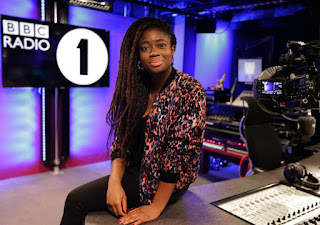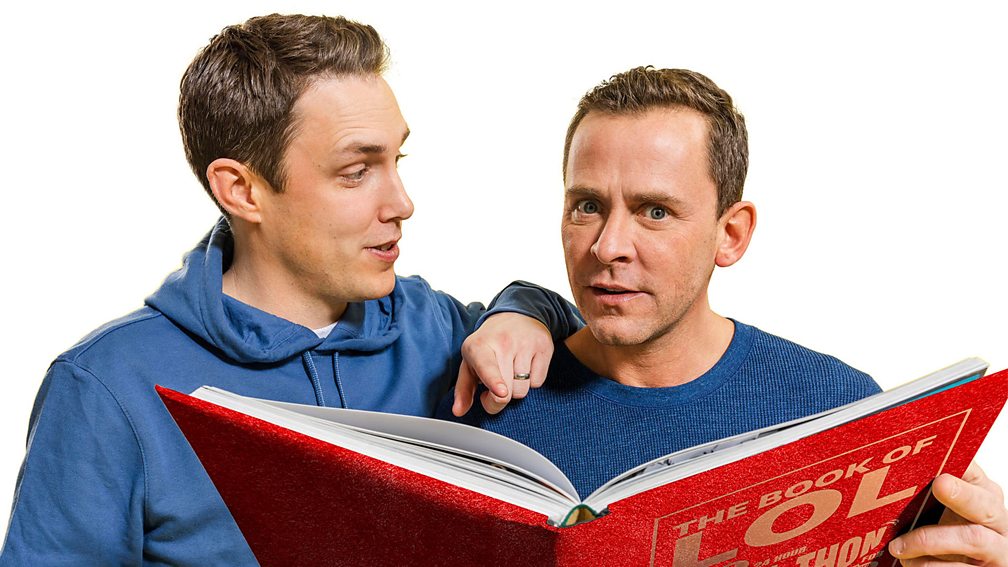Comparing Radio Programmes

Analysing Audio Clips In today's lesson, listen to different clips from two stations. It would be a good idea to include Radio One and Radio Four, as you have already listened to these in class. Pick a programme that you may have already listened to such as Radio Four Women's Hour or Radio One's Live Lounge. Want to challenge yourself? In that case, pick a third station to include in your comparison today. You can pick the final station yourself, but try and pick something that is different from the first two in some way; this will give you more to write about in your analysis. Decide which target audience each station is appealing to, based on the use of radio codes and conventions (media language), including the following: • Language register • Diction • Tone • Pace • Music choice • Content of programme You can also use the websites to give you a flavour of the target audience. Remember think about representation v
